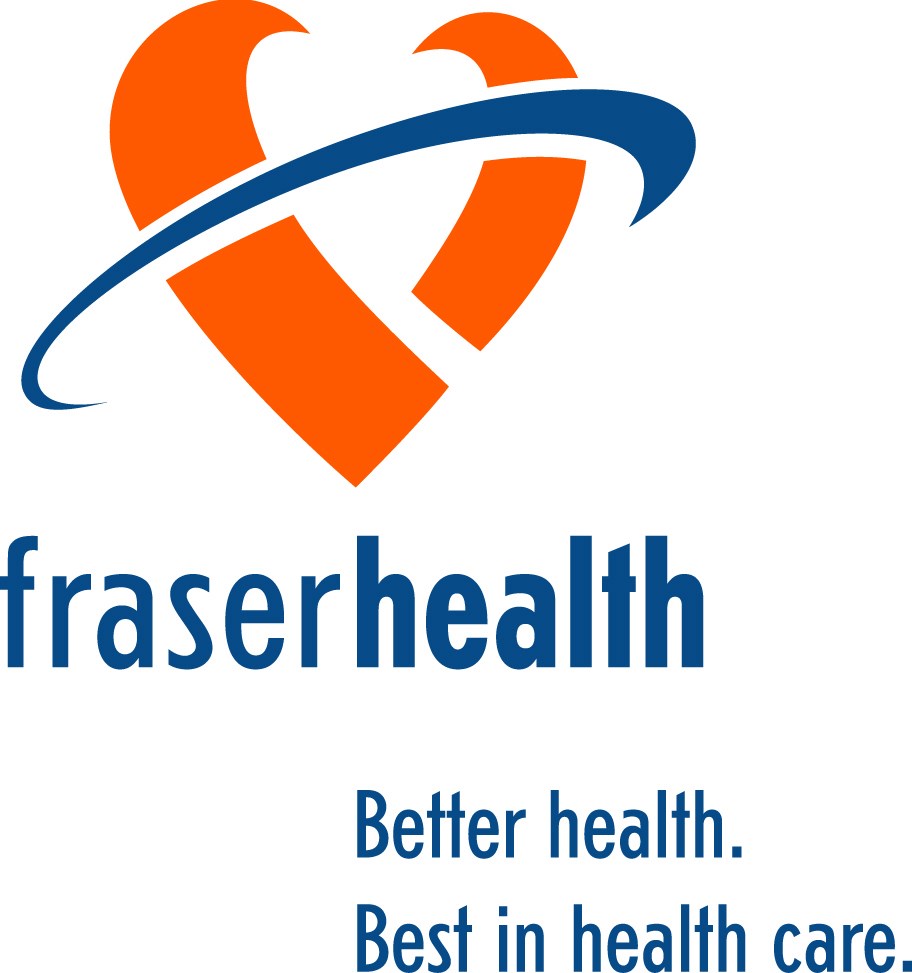People who haven’t used opioids but who were prescribed them while being treated at local emergency departments, were more likely to later overdose from a street drug, compared to those who were not prescribed opioids.
Those who’d received an opioid prescription within Fraser Health’s system were 27 per cent more likely to overdose than those who hadn’t received opioids for treatment of an injury, says a new study.
Still, that increased risk is lower than other factors that can lead to overdoses.
“Our data suggests that for those prescribed opioids who haven’t received them previously, there is an increased risk of drug poisoning from an opioid prescription, but this risk is lower than other known contributing factors like younger age, being male, and lower income,” says Dr. Aamir Bharmal, study co-author and medical health officer with Fraser Health.
The study looked at almost 300,000 visits, between 2012 and 2018, to emergency rooms in hospitals across the region, says a Fraser Health news release.
Most people showing up in ERs, 70 per cent, were not prescribed opioids. But the most common reason for prescribing them for an injury is if patients had previously been prescribed opioids.
“In recent years there has been a reluctance to prescribe opioids following an injury due to concerns about dependency or risk of overdose,” said Bharmal.
The study, Risk of non-medical drug overdose following prescription of opioids post-injury: A retrospective cohort study and is a collaboration between Fraser Health, the City of Surrey, UBC and the BC Injury Research and Prevention Unit.
Men under 35 in lower income brackets have the highest risk of overdose, said the release.
The report also looked at the role of opioid prescriptions for workplace injuries.
People injured at work were 18 per cent less likely to be prescribed opioids and 38 per cent less likely to overdose than those who were hurt off the job, possibly because of better monitoring and better access to health care.
The research team recommended careful consideration be given to prescribing opioids for pain management following injury, especially for those most at risk – those with known opioid dependence or opioid use disorder.
For those who are at highest risk and in pain, researchers advocate mental health supports, such as counselling and active monitoring, given the impact that unmanaged pain can have on drug relapse and poisoning risk.
“Especially for those on OAT (opioid agonist therapy,) we need to ensure an individual’s pain needs are met and they are not turning to the toxic drug supply,” says Dr. Bharmal. “Doing so has tragic consequences and leads to more drug poisoning deaths.”
Last May in B.C., 195 people died from overdoses, the highest number ever recorded in the calendar month and a 20-per-cent increase over the number of deaths in April.
At least 940 people died from toxic drugs, mostly fentanyl, in B.C. between January and May, which is also a record number for the start of a calendar year.
In Delta, from January to May 31 this year, 16 people died from a street drug overdose.
If that trend continues, more people likely will fatally OD in Delta this year than in 2021, when 21 people died.



